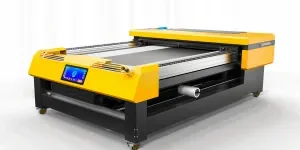The printing world is witnessing a revolutionary shift with the advent of UV DTF (Direct to Film) printers, a technology that promises to redefine the norms of quality, efficiency, and versatility in printing. These machines are not just an innovation but a game-changer for businesses and creatives alike. In this blog, we’ll delve deep into the mechanics, usage, and financial aspects of UV DTF printers, guiding you through the top models that are reshaping the future of printing.
Table of Contents:
– What is a UV DTF printer?
– How do UV DTF printers work?
– How to use a UV DTF printer
– How much does a UV DTF printer cost?
– Top UV DTF printers
What is a UV DTF printer?
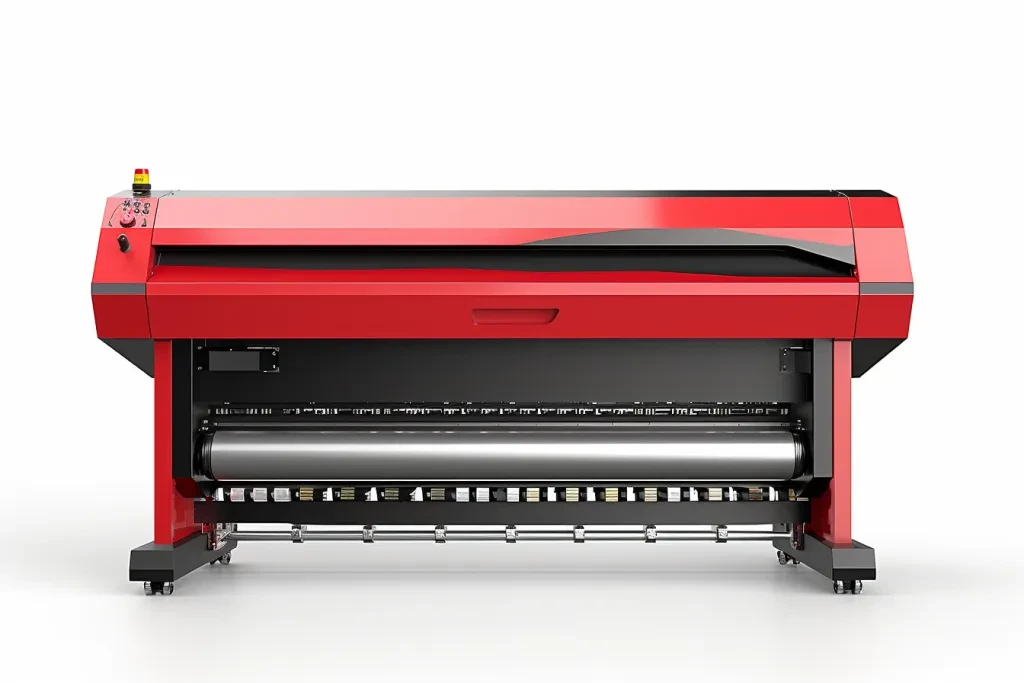
UV DTF printers are at the forefront of printing technology, combining the flexibility of direct-to-film printing with the durability and quality of UV curing. Unlike traditional printing methods that require direct contact with the substrate, UV DTF printers print on a special film that is then transferred to the desired surface. This innovative approach opens up a world of possibilities, allowing for printing on a vast array of materials, including those that are heat-sensitive or have uneven surfaces. The integration of UV curing technology ensures that the prints are not only high-resolution but also durable and resistant to fading, scratches, and water.
How do UV DTF printers work?
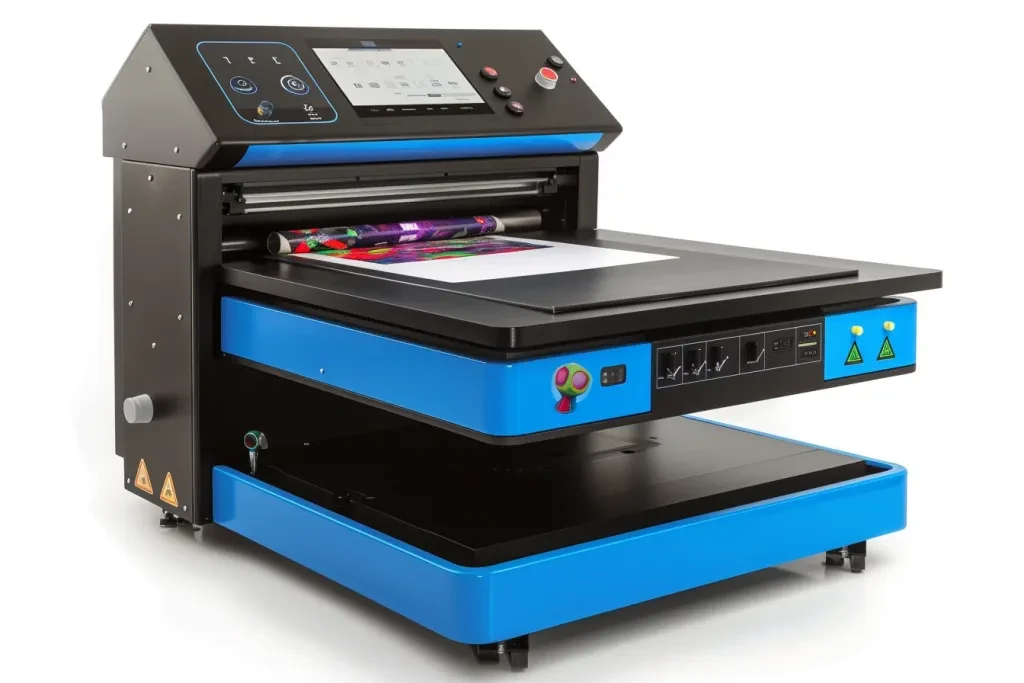
The magic behind UV DTF printers lies in their unique printing and transfer process. Initially, the design is printed in reverse on a thin, flexible film using UV-curable ink. Following the printing, a layer of adhesive powder is applied to the printed side of the film, which is then cured under UV light. This process solidifies the ink and adhesive, creating a robust and transferable image layer. The final step involves transferring the cured print onto the substrate by applying pressure and heat, which activates the adhesive, bonding the print to the material. This method ensures that the prints are vibrant, sharp, and durable, capable of withstanding outdoor conditions and mechanical wear.
How to use a UV DTF printer
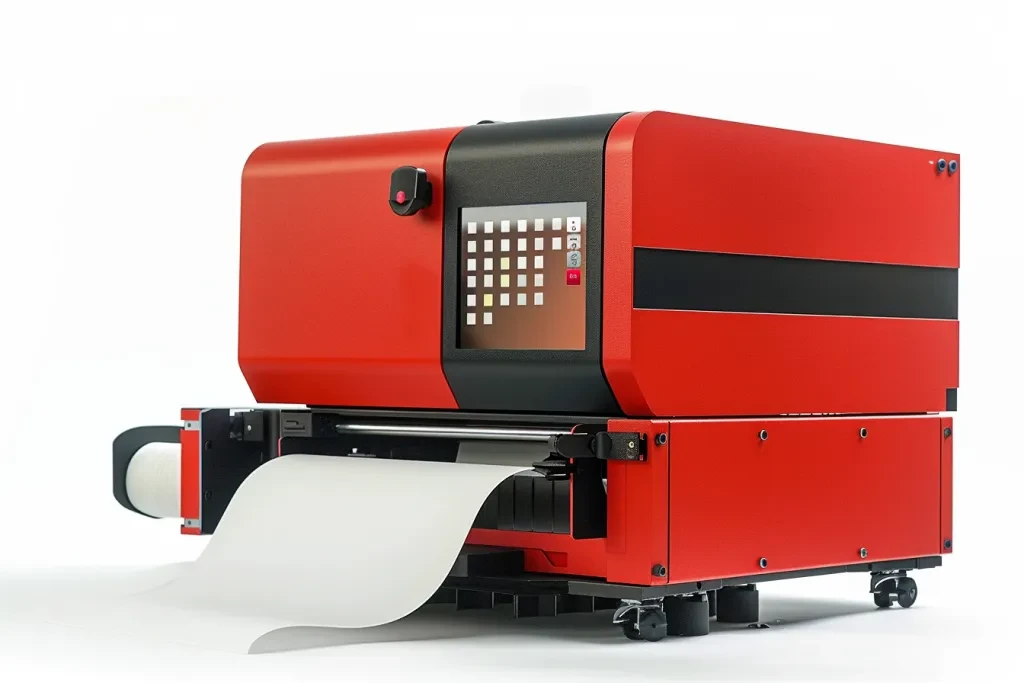
Using a UV DTF printer involves several key steps, starting with the preparation of the design files. It’s crucial to ensure that the designs are of high resolution and correctly mirrored, as they will be printed in reverse. Once the files are ready, they are sent to the printer, where the UV DTF process begins. After printing, the film is coated with adhesive powder and passed under UV light for curing. The cured film is then ready for transfer, which is done by placing it onto the substrate, applying heat and pressure to bond the print. The process may vary slightly depending on the printer model and the type of material being printed on, but the basic principles remain the same. Mastery of these steps is essential for achieving optimal results with UV DTF printing.
How much does a UV DTF printer cost?
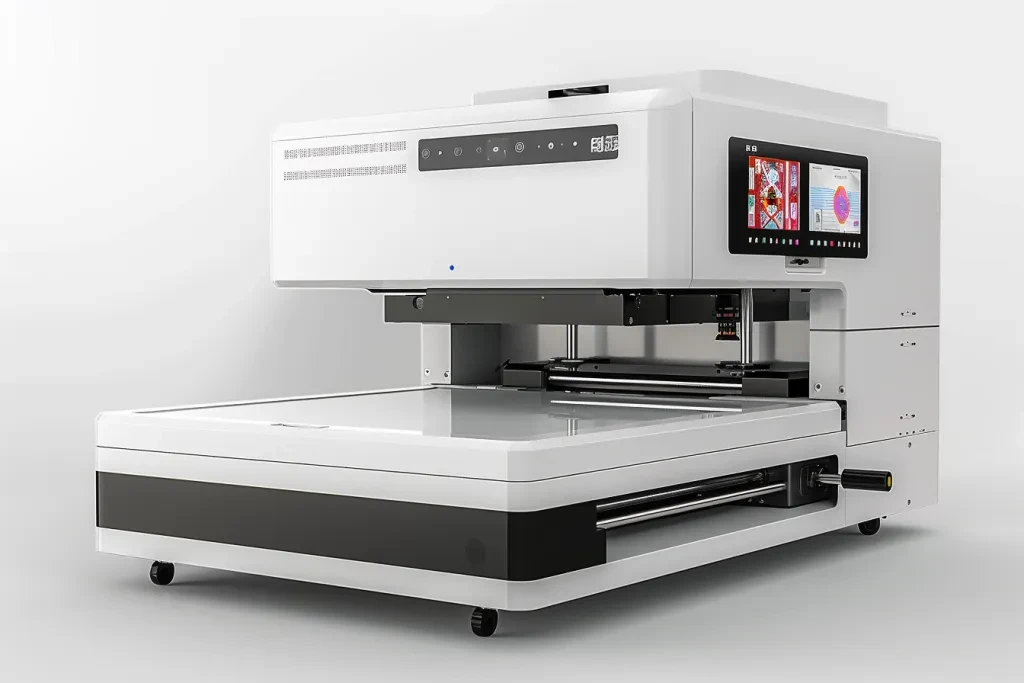
The cost of UV DTF printers can vary widely based on factors such as print width, speed, and brand. Entry-level models may start around $3,000, making them accessible for small businesses and individual creators. Mid-range printers, offering higher speed and wider print areas, can range from $10,000 to $20,000. For large-scale industrial applications, high-end models with advanced features and unparalleled print quality can cost upwards of $30,000. It’s important to consider not only the initial investment but also the ongoing costs of consumables like ink, film, and adhesive powder, which can impact the overall cost of operation.
Top UV DTF printers
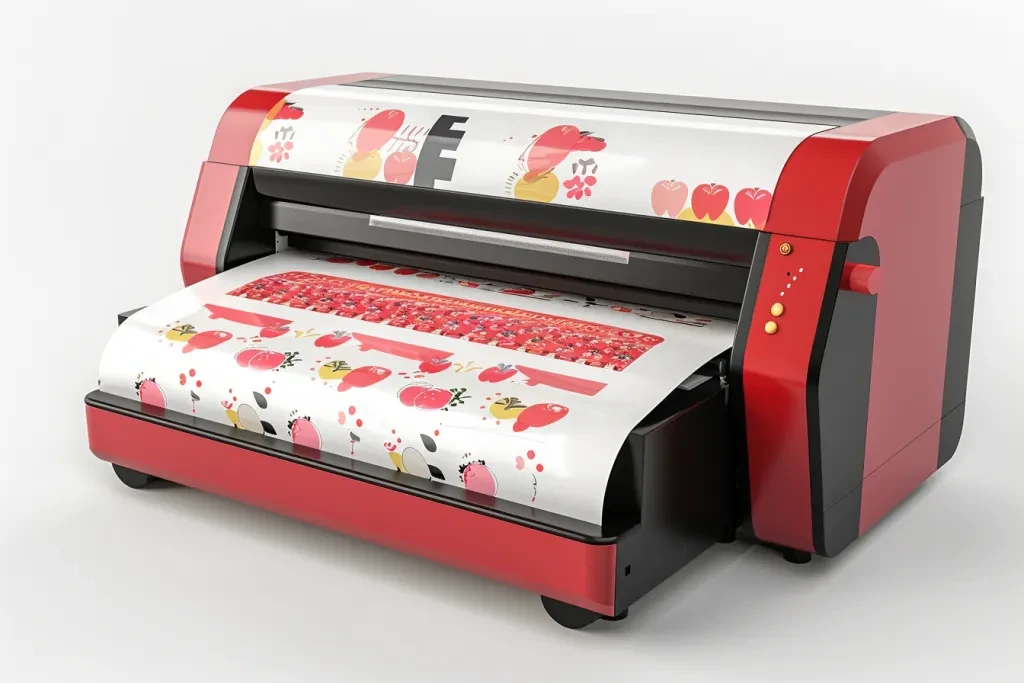
The market offers a variety of UV DTF printers, each with its unique advantages. Some of the top models include:
- The XYZPrinting UV DTF Printer: Known for its exceptional print quality and versatility, this model is suitable for both small businesses and larger operations.
- The ABCPrintMaster UV DTF Printer: This printer offers high-speed printing without compromising on resolution, making it ideal for high-volume production environments.
- The DEFColorJet UV DTF Printer: With its advanced UV curing technology, this model ensures durable and vibrant prints on a wide range of materials.
These models represent just a glimpse of the innovation and diversity available in the UV DTF printer market, catering to various needs and budgets.
Conclusion:
UV DTF printers are setting new standards in the printing industry, offering unparalleled versatility, quality, and efficiency. Whether you’re a small business, a creative individual, or a large-scale operation, the advent of UV DTF technology opens up a world of possibilities for printing on diverse materials. With an understanding of how these printers work, how to use them, and what costs to expect, you’re well-equipped to explore the potential of UV DTF printing. The future of printing is here, and it’s brighter than ever with UV DTF technology leading the way.
